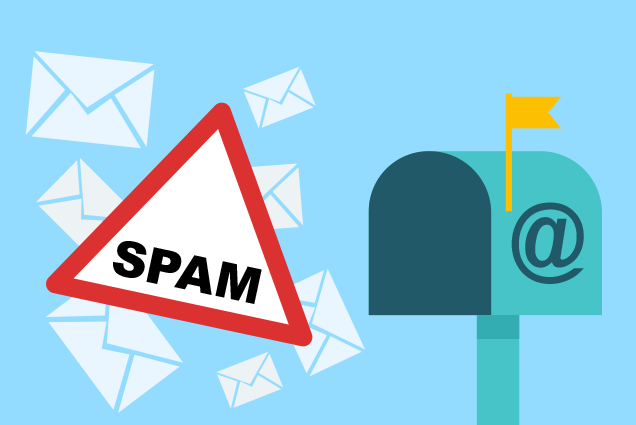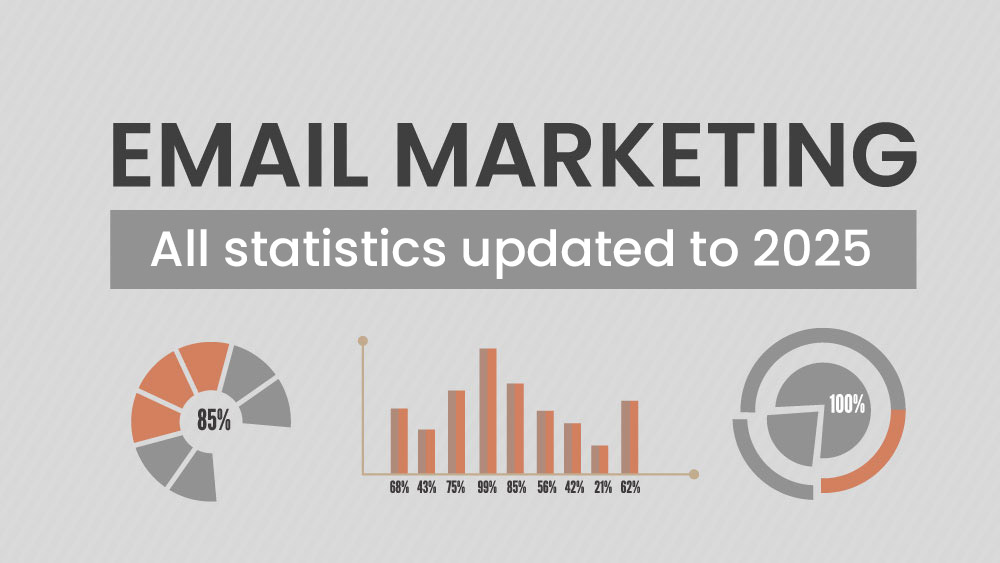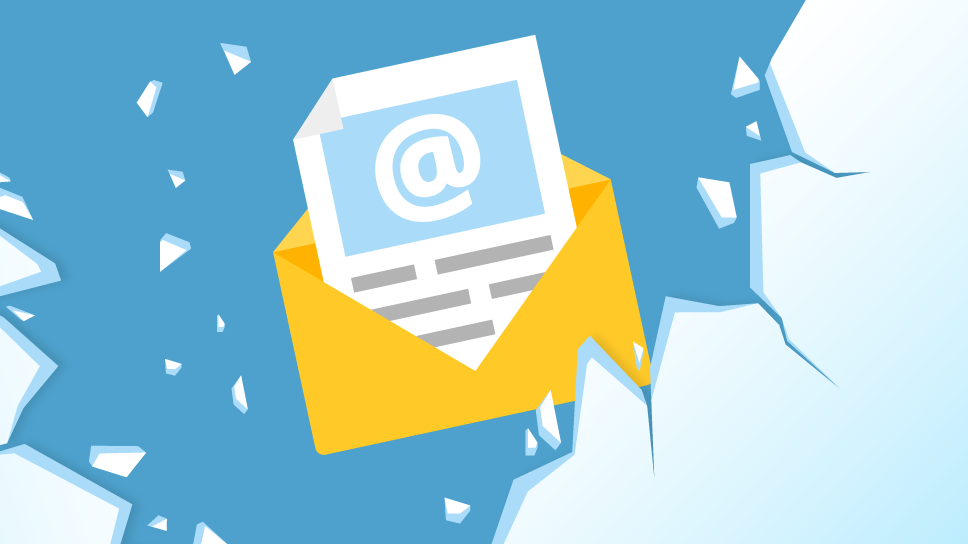“Why do my emails go to spam?”
The risk that your marketing campaigns will end in the unsolicited email folder is not zero. The level of risk is impossible to determine or break down even where there are no fraudulent intentions on the sender’s behalf.
The work of anti-spam filters is a safeguard for everyone. In May 2019 alone, over 366 billion spam emails were reported per day.
Despite appearances, the mechanism behind the anti-spam filters is clear. There are three factors that increase the likelihood that your newsletters will end up in the junk mail: the content, the reputation of the IP address, and the reputation of the domain. The first is determined solely by human factors, the other two are related to the email infrastructure.
The Content
When it comes to the email content, to reduce the risk of anti-spam filters intercepting the emails, it’s always a good idea to avoid:
- Databases built on purchased email addresses;
- Databases affected by a high bounce rate;
- Lengthy emails;
- Expressions full of words written in capitals, such as “BUY NOW”;
- Many exclamation points;
- Expressions that seem fraudulent or spam, such as “call now” or “lowest price” or “lose weight”;
- Emails composed of a single image;
- Links that are broken or have been added to a blacklist;
- Non-personalized content, such as directing the email to a “user” instead of the recipient’s name;
- An email subject line that’s too short or too long or contains capitalized words, exclamation points, and currency symbols;
- HTML code created using editors not suitable for compiling the markup.
The Reputation of the IP Address
An IP address with a bad reputation will sooner or later be blacklisted from most email clients. In this case, anti-spam filters can divert your emails directly to the trash mail folder.
The cause could be malware on the computer from which the messages are sent, or it might have sent spam before. When an IP address is blacklisted, leaving the list is a very difficult task. This is why newsletters must always represent a potential added value for the recipients without forgetting the maintenance of the sending system.
The Reputation of the Domain
This is similar to the process that regulates the IP address. Once marked as spam, the emails will not even reach the recipients’ mailbox. Also in this case, finding a remedy for the problem and restoring the reputation of the domain is difficult.
In Conclusion
Preparing rich and relevant content for your recipients should be the core of the work behind an email marketing action. On the technical side, however, Emailchef offers you great help:
- High delivery rates thanks to the proprietary infrastructure;
- Drag & drop editor with optimized block HTML;
- Spam Scan to check newsletters before sending;
- Blacklist that automatically collects and isolates email contacts that have been subject to hard bounce.
Only a professional email marketing platform has the tools to help you write and send newsletters. Try Emailchef and ask for a free demo.








